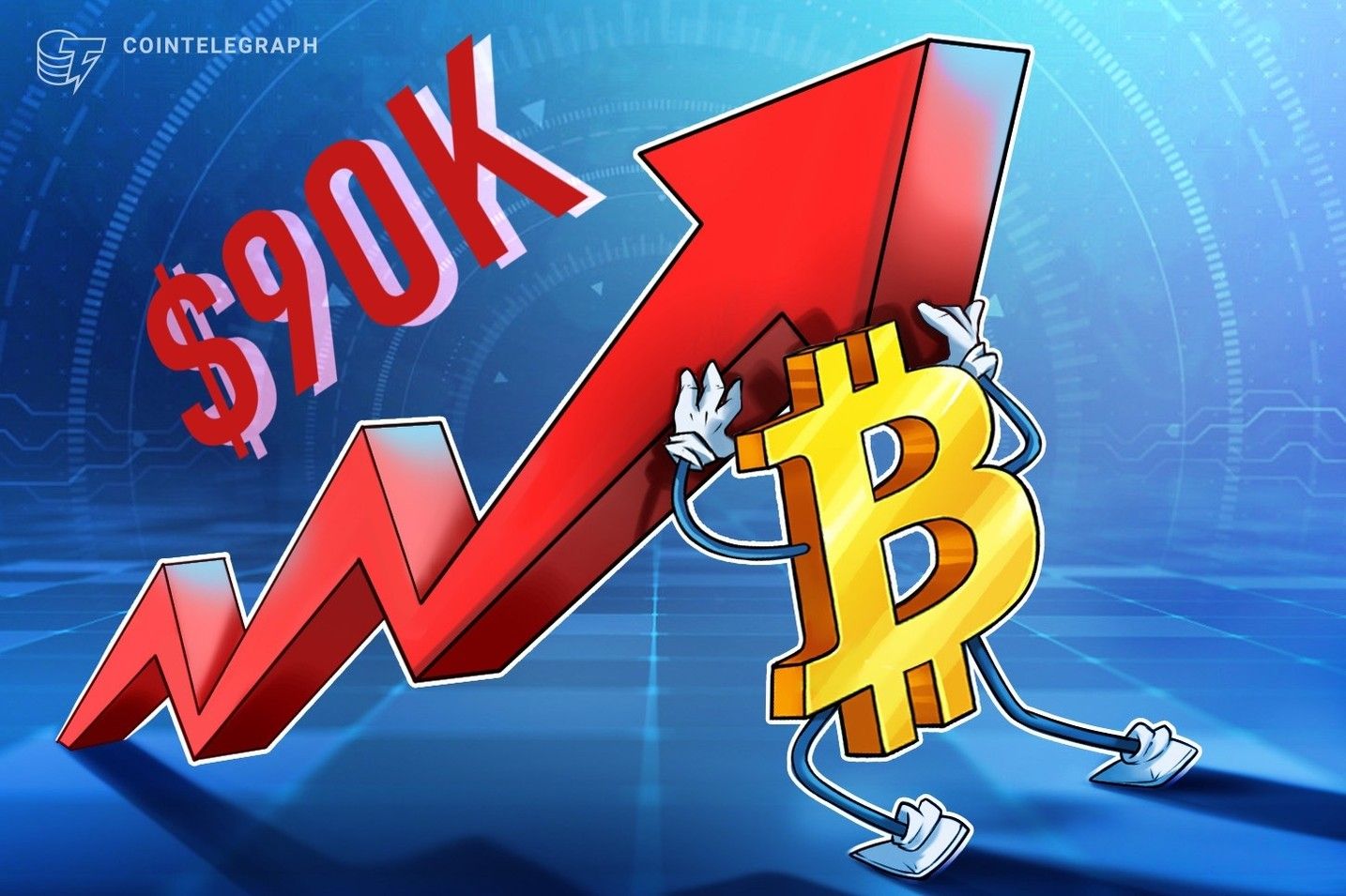[Bitpush Daily News Highlights] JPMorgan expects the Federal Reserve to cut rates in December, overturning last week's forecast; Bloomberg analyst: Nasdaq ISE proposes to raise IBIT options position limit to 1 million contracts; the US extends some China tariff exemptions until November 10, 2026; Opinion: Gold price to approach $5,000 in 2026, will break another historic milestone in 2027
Bitpush editors' daily selection of Web3 news:
[JPMorgan expects Federal Reserve to cut rates in December, overturning last week's forecast]
According to Bitpush and reported by Golden Ten Data, JPMorgan economists have changed their forecast, now believing that the Federal Reserve will begin cutting interest rates in December, reversing the bank’s judgment from a week ago that policymakers would delay rate cuts until January next year. The research team stated that several key Fed officials have recently expressed support for rate cuts, prompting them to reassess the situation. JPMorgan now expects the Fed to cut rates by 25 basis points in both December and January next year.
[Bloomberg Analyst: Nasdaq ISE proposes to raise IBIT options position limit to 1 million contracts]
According to Bitpush, Bloomberg Senior ETF Analyst Eric Balchunas posted on X that Nasdaq ISE has proposed to raise the options position limit for BlackRock's spot bitcoin ETF IBIT from 250,000 contracts to 1 million contracts. Previously, this limit had been raised from 25,000 to 250,000 contracts in July 2025.
[U.S. extends some China tariff exemptions until November 10, 2026]
Bitpush reports that on November 26 local time, the Office of the United States Trade Representative announced that it would extend tariff exemptions related to China's technology transfer and intellectual property issues, established under Section 301 investigations, until November 10, 2026. The existing exemption provisions were originally set to expire on November 29 this year. (Jiemian)
[Opinion: Gold price to approach $5,000 in 2026, break another historic threshold in 2027]
Bitpush reports that Deutsche Bank predicts gold prices could approach $5,000 per ounce in 2026 and break through this key psychological barrier in 2027.
The bank's analyst Michael Hsueh pointed out that after the market completes position clearing, central banks' demand for gold will persist. Coupled with the re-entry of exchange-traded funds (ETFs), gold prices are expected to climb to a high of $4,950 per ounce in 2026.
In a report released on Wednesday, Michael raised his forecast for next year's average gold price from $4,000 per ounce to $4,450. For 2027, he set a target of $5,150 per ounce.
Although gold prices once fell about 10% from their October peak, they have now recovered half of those losses. The analyst observed that "gold is breaking historical patterns"—the price volatility in 2025 is the highest since 1980. At that time, persistent concerns about inflation, fiat currency depreciation, and the global debt spiral repeatedly pushed gold prices to new highs.
He particularly emphasized that the outstanding performance of gold prices this round is not simply due to the depreciation of the U.S. dollar, making it even more remarkable.
[S&P Global: Downgrades USDT's ability to maintain dollar peg to lowest rating]
Bitpush reports, according to Bloomberg, that S&P Global Ratings has downgraded Tether's USDT stablecoin's ability to maintain its peg to the U.S. dollar to the lowest rating, warning that a bitcoin price drop could lead to under-collateralization risks for the stablecoin.
On Wednesday, the rating agency's analysts downgraded USDT's stability rating from "constrained" to "weak." S&P stated that this assessment reflects an increased exposure to high-risk assets in USDT's reserves over the past year, including bitcoin, gold, secured loans, and corporate bonds, while also considering the limited disclosure of information.
[JPMorgan: Mainstream cryptocurrencies shift from retail speculation to institutional dominance]
Bitpush reports that JPMorgan stated cryptocurrencies are transitioning from a "venture capital-style ecosystem" to a macro asset class "supported by institutional liquidity rather than driven by retail speculation."
In the early stages, crypto projects relied on private fundraising and lacked liquidity structures, with retail investors entering after high valuations. Now, retail participation has significantly declined, and the market relies more on institutional investors to stabilize capital flows, reduce volatility, and anchor long-term prices.
Currently, cryptocurrencies still have investment value, but structurally remain inefficient, with uneven liquidity distribution leading to significant price volatility. Price performance is now more influenced by macroeconomic factors rather than traditional halving cycles. One analyst noted that in the long term, cryptocurrency prices could reach $240,000, making it a field with multi-year growth potential.
Disclaimer: The content of this article solely reflects the author's opinion and does not represent the platform in any capacity. This article is not intended to serve as a reference for making investment decisions.
You may also like
A New Paradigm for AI Data Economy: Exploring DIN's Ambitions and Node Sales through Modular Data Preprocessing
AI is undoubtedly one of the hottest sectors globally today. From Silicon Valley's OpenAI to domestic players like Moonshot and Zhipu Qingyan, both emerging entrepreneurs and traditional tech giants are joining this AI revolution.

Solana analysis: SOL price unlikely to break $150 for now

Bitcoin has a 75% chance of short-term rally, says trader Alessio Rastani
Bitcoin trades above $90K: Here’s what bulls must do to extend the rally

